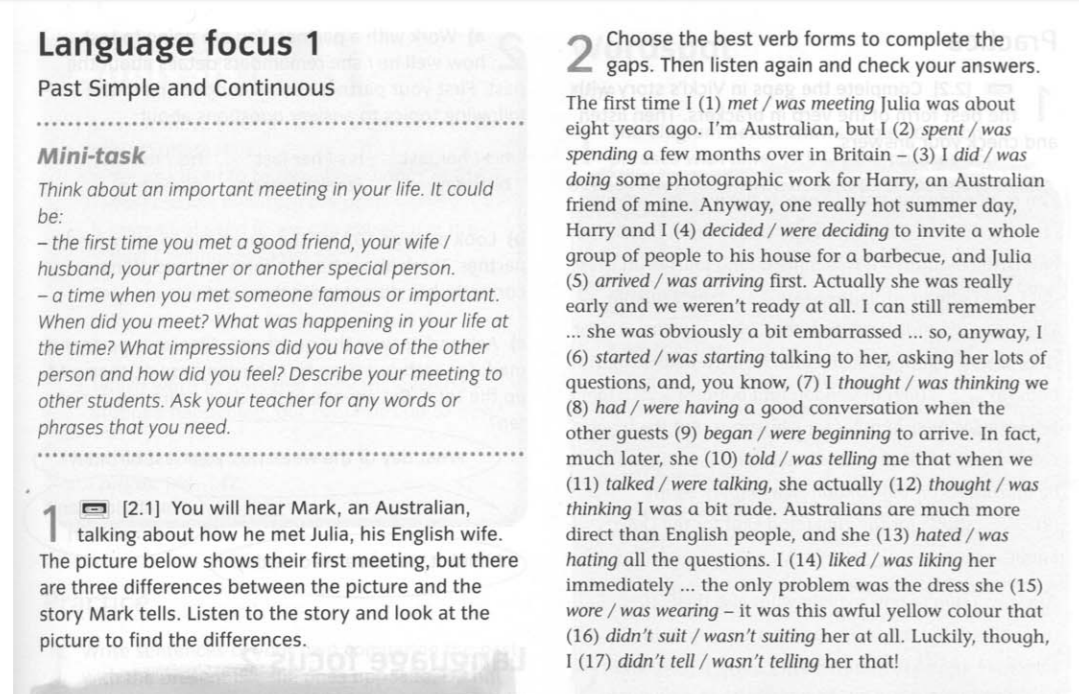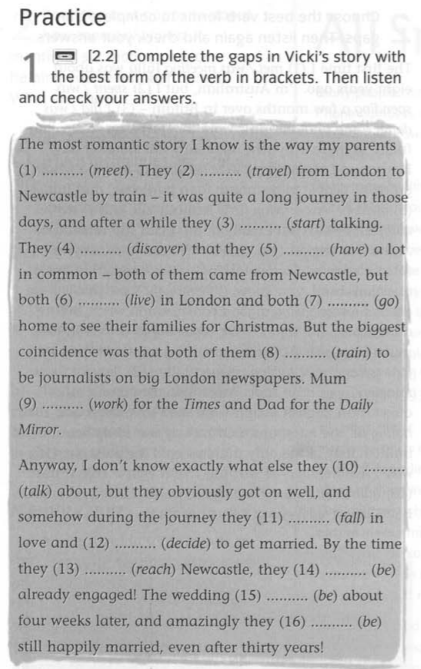There are many approaches nowadays for teaching English: Presentation-Practice-Production, Guided Discovery, Lexical Approach, Grammar Translation, Task-Based Learning, Communicative Language Teaching, Usually, teachers use several approaches even in one lesson and they can choose what they think is more effective for students. In my opinion, one of the most effective methods is TTT — Test-Teach-Test. In this article, I’ll clarify what it is, what aims of this method are, the advantages and the type of tasks. I’ll also share some examples from coursebooks.
What is TTT?
Test-Teach-Test is an approach to teaching when:
Step 1 — Test — students, first, do a controlled task, it’s a kind of screening, diagnostic test.
Step 2 — Teach — teachers, based on the mistakes students have made, do an input, clarify the rules of the target language, extend and develop the language area.
Step 3 — Test — students do another task to have further practice with the target language. The teacher checks if students have understood the language and if the teacher needs to re-teach.
The aim of this technique is to:
- get feedback from students about each student’s potential and their problems;
- see who knows or doesn’t know the target language;
- how much/well students know or don’t know.
The advantages of the approach are:
- It’s time-saving. Teachers don’t have to spend time on unnecessary explanations of what students already know;
- It’s goal-oriented. Teachers see the problem areas right away;
- teachers identify the needs of each individual;
- students use their knowledge, try to do the task based on what they know;
- students learn their weak points of the target language first, then they fill in the gaps to understand it fully.
What types of tasks can be used?
- Multiple-choice questions
- Gap sentences
- Open gap
- Discussions on the topic related to the grammar/vocabulary points
- Matching
- Ordering
- Categorising
The tests tasks should be different and usually, the first test is slightly easier than the second test.
For example, the topic is the comparison of Present Simple and Present Continuous. Students read a text where they have to choose the correct verb form. Then, they analyse the language, elicit the rules themselves, while the teacher clarifies problem points, what students haven’t understood. After that, they do another exercise on the topic to practise the target language, e.g. write the correct form of the verb in brackets.
Have a look at the examples from Cutting Edge Intermediate Student’s Book by Sarah Cunningham and Peter Moor.
This is a Test part.

This is a Teach part.

This is a Test part.

This is an example from English Plus 4 Student’s Book by Ben Wetz and Diana Pye.

I would advise using this approach with strong students of at least Pre-Intermediate level. Students of Intermediate and above levels have enough language background and experience to “discover” the language themselves. They may also have already come across this language, but still, have some problems with certain points or subtle differences.






 Вероника Аветисян
Вероника Аветисян 
 Маргарита Аветисян
Маргарита Аветисян 



Thanks a lot!
TTT is the best!
Thank you for the article.
Thank you
Thank you for the article.
Great article, thank you! Would be good to see something similar but for the begginers and elementary level.